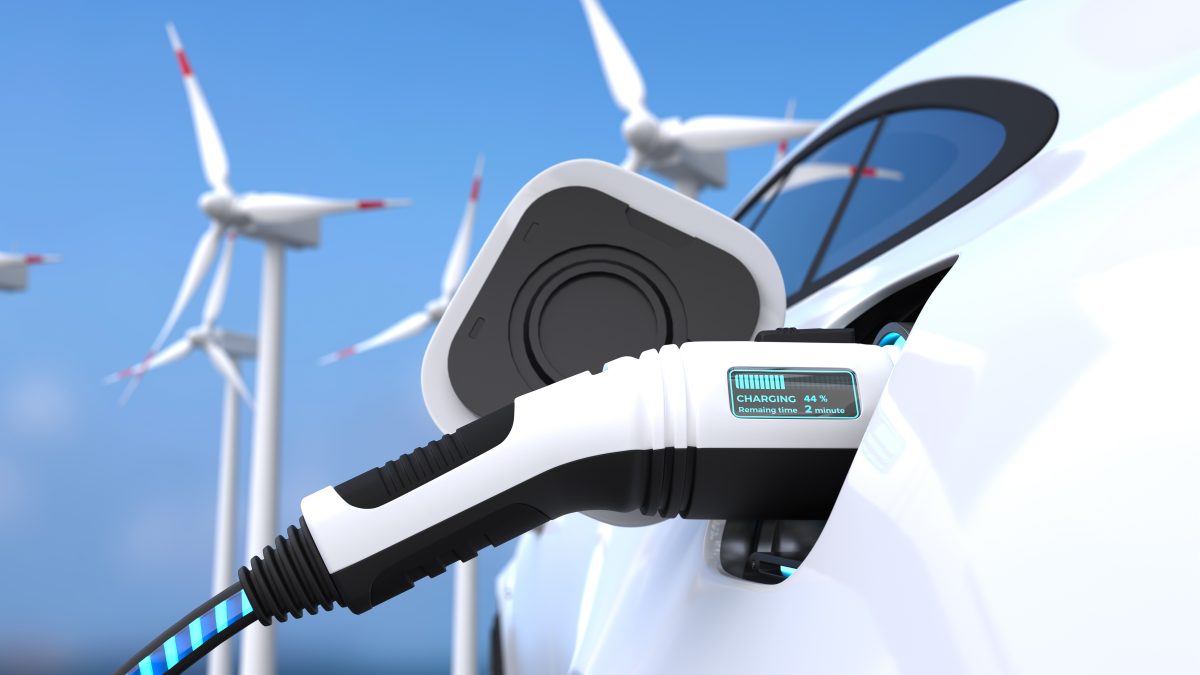Charging points: the unresolved debt in electromobility for private cars
May 29, 2024
Electric car sales have increased. According to figures from the National Automotive Association of Chile (Anac), 6,904 units were registered in 2022, an increase of more than 100% compared to 2021, but they still represent a lower percentage of the entire automotive market in the country. According to the National Electromobility Strategy, from 2035 they will only sell electric vehicles.
However, apart from the price (close to $30 million per unit), one of the biggest barriers to entry is the small number of charging points, their centralization, and the waiting times to charge. The issue is not only a local problem. A study carried out by Accenture indicates that the sale of electric vehicles has increased by 60% in the world (15% of total sales), but the charging infrastructure is not advancing at the same rate.
On May 17, the regulation on the interoperability of electric vehicle charging systems was published to promote the race for the decarbonization of automobiles. The regulation grants the SEC powers to monitor the state, operation and development of public infrastructure. “Not only does it address aspects of information availability, which is a great advance compared to the current regulation. It also provides users with additional charging planning and management tools that allow promoting the development of electromobility in the country,” explains Marta Cabeza , Superintendent of Electricity and Fuels.
Luis Gutiérrez, academic and researcher at the Center for Energy Transition (CENTRA) of the Faculty of Engineering and Sciences of the UAI values the regulations, and says that for the expected automotive fleet, the biggest challenge is to speed up the charging systems. “We cannot fill ourselves with public chargers if the waiting times are what they are today. The electrical networks are going to have to evolve to take all this new simultaneous charging, because they were not designed to withstand if everyone injects from their homes. Then we will begin to have service problems in the electrical network, because up to now the planning of electrical networks has not considered these technologies”.
The projection of sales of electric cars by 2035 is more than 400,000 per year, which implies a greater consumption of energy in Chile. According to Enel Distribución, the projection of per capita consumption of electrical energy for 15 years (in the Metropolitan Region) would reach figures for European countries, that is, close to 5,200 KWh/year. The growth rate would rise, which would be equivalent to going from 5,600 km of medium voltage networks to 9,400 km, and installing 15,000 new transformers by 2038. In other words, almost doubling the distribution network. As indicated by the company, it is urgent to carry out a profound reform of the distribution segment in order to promote the necessary works in the network.
For Francis David, commercial deputy manager of Copec-Voltex, in the residential segment there are great opportunities when it comes to implementing incentives for real estate companies to incorporate charging solutions in their projects. “It is also important to advance in regulations so that electrical distribution projects, which are necessary to expand electromobility, are executed in reasonable times for customers. On the other hand, we see that by advancing electrical portability and market liberalization projects, it will be possible to give customers a better offer in terms of electricity rates”.
In this sense, Andrés Barentin, president of the Chilean Electric Vehicle Association, sees that the situation would be quite auspicious for Chile, having full confidence that the steps that the country has taken in terms of electromobility are accelerated and an example for the world in public transport. “Indeed, the problem is the charges, but as electric cars become more widespread at a private level, that will already have a solution. At home there are no problems installing chargers, although it remains to regulate how it can be done in buildings. On the other hand, in public charging stations have advanced, you can now do a fast charge in less time”, says Barentin.
For Felipe Donoso, CEO of Energica City, a company dedicated to electromobility projects, the outlook remains very uncertain, while the public charging network continues to increase, chargers are not being installed privately as in other countries, “to the extent that If charging is simpler and easier, it will be more satisfactory, but the progress of charging on public roads is related to the number of electric vehicles that arrive. Today there are 2,000 and 25,000 are expected. So, interoperability helps, because it makes a pressure in the regulatory sphere”. However, it seems crucial to him that there are incentives to decompress charging points, “since no one buys a vehicle thinking of having a service station at home. There is a lack of types of

